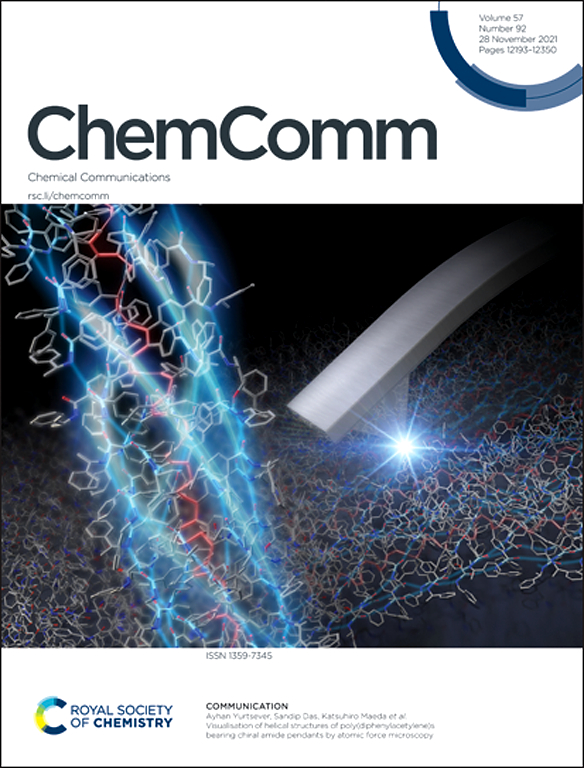钙钛矿太阳能电池可持续发展的绿色溶剂策略。
IF 4.3
2区 化学
Q2 CHEMISTRY, MULTIDISCIPLINARY
引用次数: 0
摘要
钙钛矿太阳能电池在过去十年中引起了人们的极大兴趣,其功率转换效率达到了26.7%,与性能最好的硅器件相当。此外,钙钛矿太阳能电池以低成本溶液处理的能力使其成为未来光伏系统的理想候选者,可以取代昂贵的硅和III-V系统。然而,目前钙钛矿太阳能电池的溶液处理严重依赖于有毒溶剂,如DMF、氯苯、乙醚等。随着钙钛矿设备接近商业化和大规模制造,必须首先找到一种解决方案来减少与该过程相关的有毒风险。这篇综述文章介绍了实现完全绿色加工钙钛矿太阳能电池制造的一般尝试的总结。首先对常用溶剂和可能的替代品进行了彻底的检查,然后介绍了它们在钙钛矿层制造(包括溶剂和反溶剂)和电荷传输层制造工艺中的应用。本文章由计算机程序翻译,如有差异,请以英文原文为准。

Green solvent strategies for the sustainable development of perovskite solar cells
Perovskite solar cells have been of great interest over the past decade, reaching a remarkable power conversion efficiency of 26.7%, which is comparable to best performing silicon devices. Moreover, the capability of perovskite solar cells to be solution-processed at low cost makes them an ideal candidate for future photovoltaic systems that could replace expensive silicon and III–V systems. However, the current state of solution-processing of perovskite solar cells is heavily dependent on toxic solvents such as DMF, chlorobenzene, diethyl ether and so on. As perovskite devices approach commercialization and large-scale fabrication, a solution must first be found to reduce the toxic risks associated with the processes. This review article presents a summary of general attempts at achieving fully green-processed perovskite solar cell fabrication. A thorough examination of popular solvents and possible alternatives is first performed, followed by their applications in perovskite layer fabrication (including solvents and anti-solvents) and charge transport layer fabrication processes.
求助全文
通过发布文献求助,成功后即可免费获取论文全文。
去求助
来源期刊

Chemical Communications
化学-化学综合
CiteScore
8.60
自引率
4.10%
发文量
2705
审稿时长
1.4 months
期刊介绍:
ChemComm (Chemical Communications) is renowned as the fastest publisher of articles providing information on new avenues of research, drawn from all the world''s major areas of chemical research.
 求助内容:
求助内容: 应助结果提醒方式:
应助结果提醒方式:


